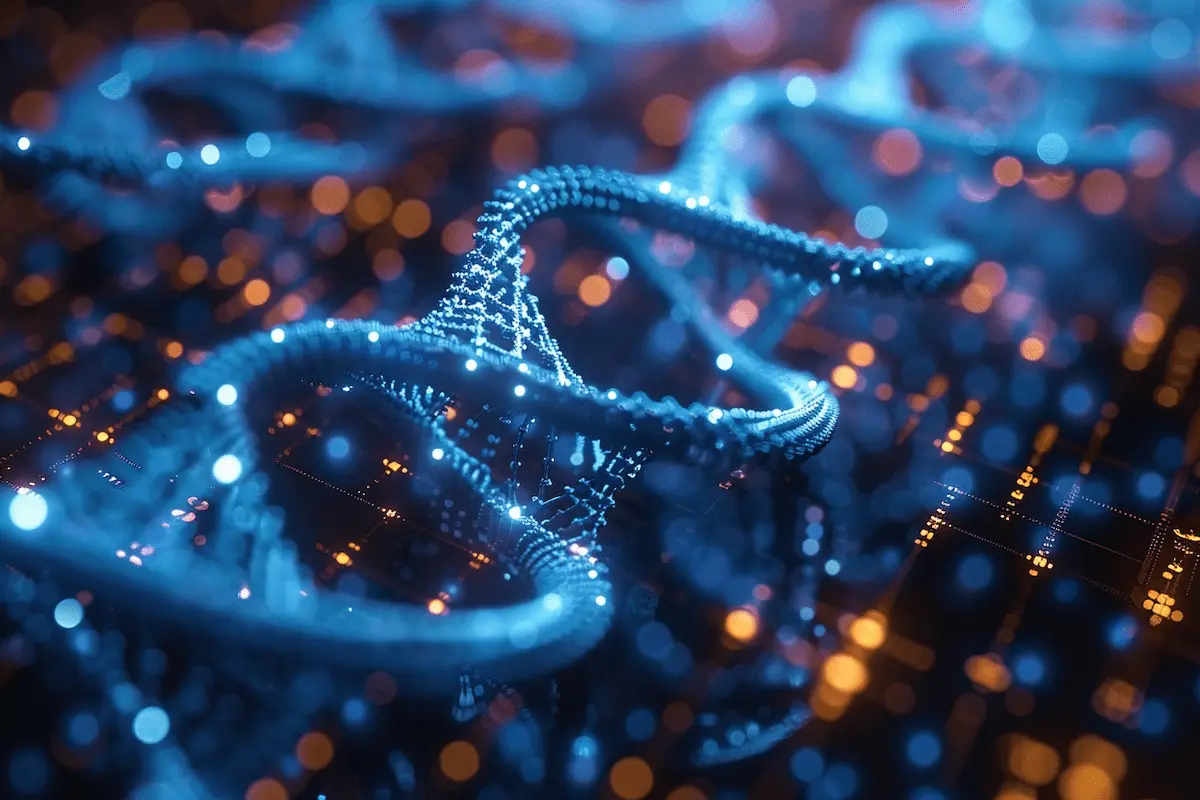DNA Data Storage: Microsoft Launches Genetic Archiving for 10,000 Years
Microsoft and the University of Washington are pioneering a breakthrough in genetic data archiving—an initiative that could become the future of data storage: Archival DNA Data Storage. This project leverages laser activation and biochemical technology to create a sustainable alternative to traditional HDD and SSD systems.

How Does the System Work?
The DNA data storage approach transforms digital files into synthetic DNA code. Microsoft and UW have developed an automated device that integrates algorithms, molecular synthesis, and sequencing. They have already demonstrated successful storage and retrieval of text and images—marking the first complete cycle for this technology.
Why Is This Revolutionary?
The density and durability of DNA are extraordinary: a single gram can store more than a zettabyte of data and remain stable for millennia. Studies show that just 20 grams of synthetic DNA could replace the capacity of an entire modern data center.
Technical Challenges
Despite its promise, the technology is not yet commercially viable—high costs for DNA synthesis and reading, along with slow writing speeds, remain barriers. Still, the project has already managed to stably archive over 200MB. Experts expect broader adoption between 2030 and 2035 as costs decrease.
Potential Uses and Ethical Questions
Applications range from preserving cultural heritage and state archives to long-term data protection. But there are important bioethical concerns: who owns DNA-based data, how is synthetic genetics regulated, and how secure is such information?
Conclusion
The DNA data archive points to a future where data is stored in natural biomolecules—compact, resilient, and built for centuries. Yet its adoption will depend on cost, security, and public trust.
📌 Will humanity really be able to archive information for thousands of years using DNA?
✍ Thornike • June 26, 2025
✍ Article Author
- Registered: 27 April 2025, 10:30
- Location: Georgia




 Tornike
Tornike